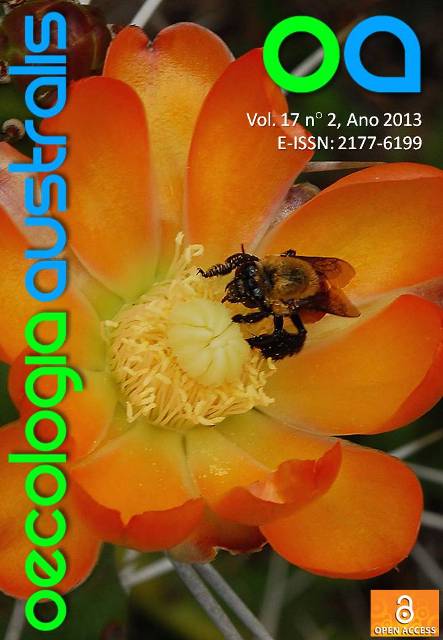FOOD PREFERENCE AND FEEDING STRATEGIES IN COCCINELLIDAE (COLEOPTERA)
Palavras-chave:
Fitófago, Hábitos alimentares, Micófago, PredadorResumo
This article aims to organize a synthesis about the feeding preference and feeding strategies presented by the Coccinellidae. The family is heterogeneous with regard to eating behavior and it can be divided into three main groups: predators, phytophagous and mycophagous. The predators coccinellids are subdivided according to the taxonomic status of their preferred prey: mite feeders, aphidophagous and coccidophagous. The phytophagous are subdivided into: phyllophagous, which feed exclusively on leaves, stems or other plant parts and polenophagous. The frugivory in coccinellids appears to be rare, but has been documented for some species. Both larvae and adults of predators coccinellids can consume an enormous range of food and many species are considered polyphagous. The polyphagy is usually observed as an emergency strategy when the preferred food is scarce. The coccinellids exhibit a wide range of preferred food types, which cover different kingdoms and trophic levels. The knowledge of feeding habits, even of the most common species, is still restrict, making a difficult task to discuss the food specialties of each tribe. Due to the huge range of species with great potential to act as biological control agents, especially of pests of agricultural importance, it is necessary to intensify the studies related to biology, behavior and phylogeny.Downloads
Arquivos adicionais
Publicado
2017-02-21
Edição
Seção
Artigos


